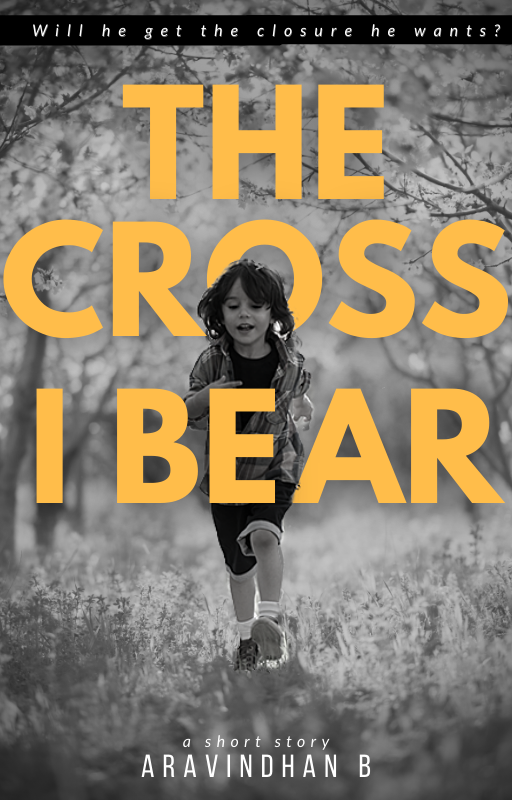You may be a thriller fanatic or someone with the magical ability to create a distinct world of your own! You may be an author or a screenwriter. Across all genres and the form of the story you choose to say. I bet you would never disregard this one integral element in your writing process–dialogues.
Most authors choose to underplay the dialogues and put too much weight–either on the world-building or the flowery prose–to carry the story forward. There is nothing wrong with doing that if it works for you. At least to tell a proper story if not a best seller. I’ve read many books that have done well by keeping the dialogues less and going for a descriptive narration style.
So, this post is NOT to debate the writing style. It is merely a guide to proper dialogue writing. It will help screenwriters more as dialogues are the building blocks for a movie. Nevertheless, for any storyteller, it is a must to know the basics of good dialogue writing.
Before I start to discuss dialogues, check out my 7 (Practical) tips on how to write a short story under 1000 words if you want to hone your storytelling skills.
Now without further ado! Here are some tips on HOW TO WRITE DIALOGUES THAT WORK!
1 – Avoid mundane conversations!
It is wrong so much so that it is a sin to include a “Hi!” unless your character is Ross!

If the F.R.I.E.N.D.S. reference did not make sense to you, here is the simpler version. Always try to spice things when your character starts speaking. The main difference between conversations of your story and real life is that the latter is BORING! Keep in mind that readers pick up your book (or watch your movie) to escape reality. But if you have the same old lamenting of their neighbor or a pissed-off wife, they tend to doze off to your book.
Give a distinct voice to your character. Make them as close to a living human being but with an added flair! Authentic dialogues evolve from the character itself and NOT the authors. You can list out a set of words your character would often use to show their personality and attitude.
Your dialogues for no reason must be bland. It should either show who the character is or propel the plot forward.
2 – Dialogues should serve a concrete purpose
There is NO need for a dialogue to happen just because you have put two characters in a room. Why make small talks when you hate it in real life?
To quote Micheal Gary Scott from The Office (US), “Sometimes I’ll start a sentence and I don’t even know where it’s going. I just hope I find it along the way.”

If you write dialogues with the mindset of Micheal Scott, kiss your best seller goodbye!
Ok! Let me explain this to you with two fictional people–Adrian and Annie.
Adrian is sipping hot coffee, and he hears Annie cry near the kitchen sink with her back to him.
“Hey, Ann! Are you crying?”
Let’s say she wipes the tears and turns to him with a strained smile on her face. Then she says.
“No! Adrian… Do you see tears streaming down my cheeks?”
Adrian says, “As a matter of fact I do! Why are your cheeks wet then?”
We will let them fight over the reason for Annie crying but did you notice what happened there? The dialogues appear in the wrong place (and in the worst manner possible!).
The soap opera would finish within a line of description. In this particular example, Adrian asking why she cries is absurd. Instead, their conversation would have been more heated and interesting if it was on the cause. It gives purpose to the dialogue, and it adds depth to your writing.
It leads me to the next tip to make your dialogue work!
3 – Establish Character

Dialogues are a great way to provide crucial details about your character without “telling” about them. One of the most acclaimed screenwriters, Aaron Sorkin says, “What your character does reveals who they are and what they SAY reveals who they see themselves as.” Isn’t this so true?
Give two people a picture of an exotic location. One might say, “This place is so beautiful and I want to work hard to visit this place one day!” The other might say, “Hmm… This is the closest I am ever going to this place.” Just with a line of dialogue, you have revealed who the characters are and what their inner self is like.
No matter how vivid your description might be. Your character may fall flat if you do not pay attention to what they say in a scene. Dialogue is your reliable tool for carving compelling characters!
4 – Subtexts!

Subtexts are the holy grail for clever dialogue writing. This skill would separate an amateur from a professional storyteller. It gives more importance to what lies beneath the lines your character says.
Subtexts add depth to your storytelling and make interactions more intriguing. Every author must respect the intelligence of the readers and refrain from explicit “telling.” Readers always like to read between the lines, and you can keep them entertained for a long if you give what they ask.
Let me show you an example with Adrian and Annie once again.
Take the same scene of Annie crying. This time, imagine it is raining heavily outside while Adrain sips hot coffee. Instead of directly pointing out, he says, “Isn’t it raining heavily today?”
And there you have it! Two birds in one stone. You have alluded to Annie’s crying and also showed off your brilliance. It is only a simple example of how you can use subtexts in your dialogue for creative storytelling.
5 – Keep dialogue tags simple!
It is a common habit of amateur writers to use intricate dialogue tags. All in the vain hope of showcasing their talent. However, seasoned authors do the contrary of keeping things simple.

Always stick to the rudimentary dialogue tag of “he said” or “she said.” You do not need to complicate things by adding, “he burst out” or “she bellowed.”
You may also choose to avoid tags wherever possible by integrating them with the actions of the character.
For example,
“Mmm… This is the best pizza I’ve ever had!” Adrian wiped the moist crumbs off his lips.
Simple dialogue tags provide for easier-to-read sentences and make them flow naturally without effort!
The list does not end here! There are no rules set in stone. These tips set the scenes for you to create your masterpiece through practice and consistent improvisation. Do what is best for you but at the end of the day, finish what you started!
Hey! Before you skip, check out my short story, “THE CROSS I BEAR” – The story of a man seeking redemption for his sin. DOWNLOAD your FREE copy NOW!


1 Comment